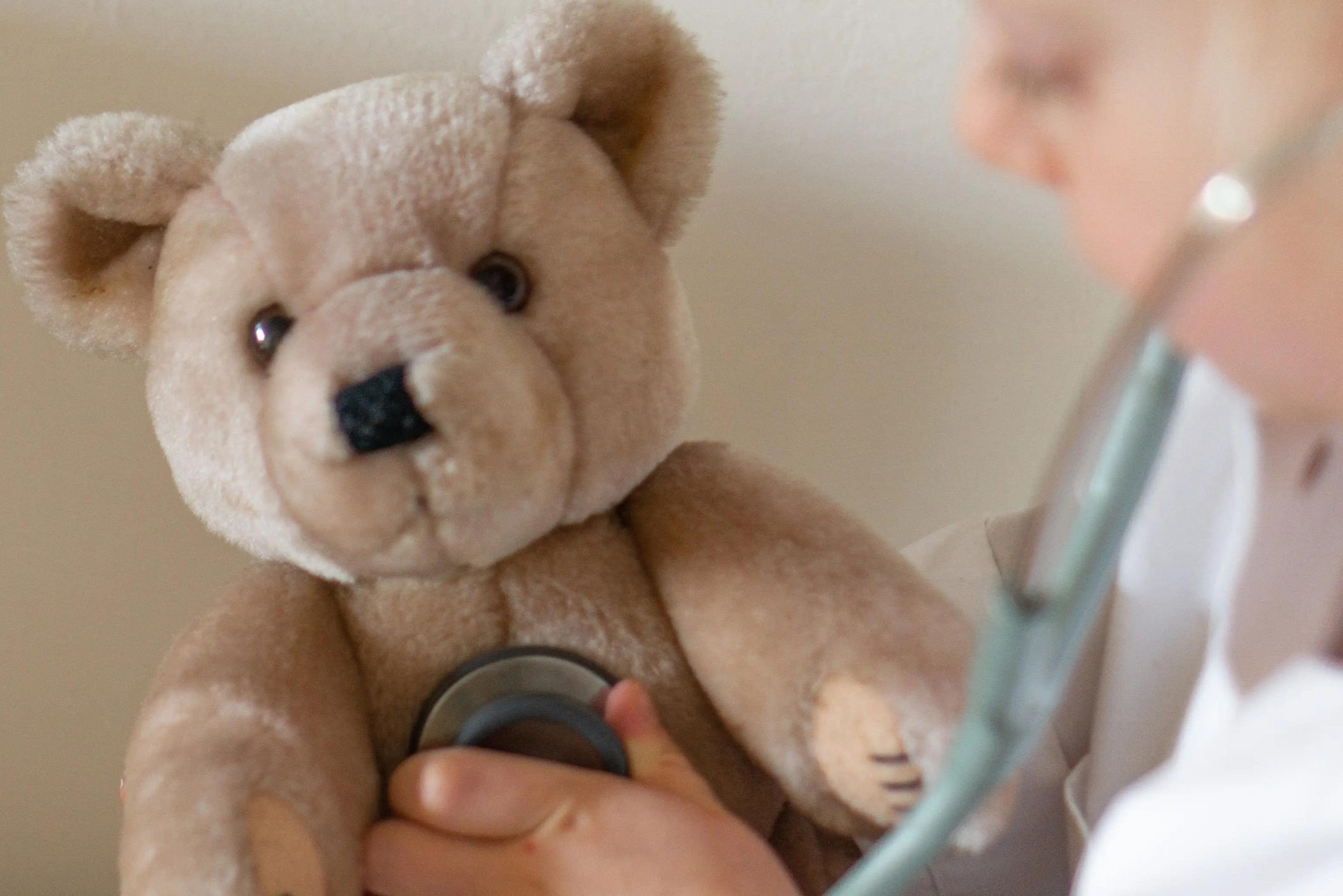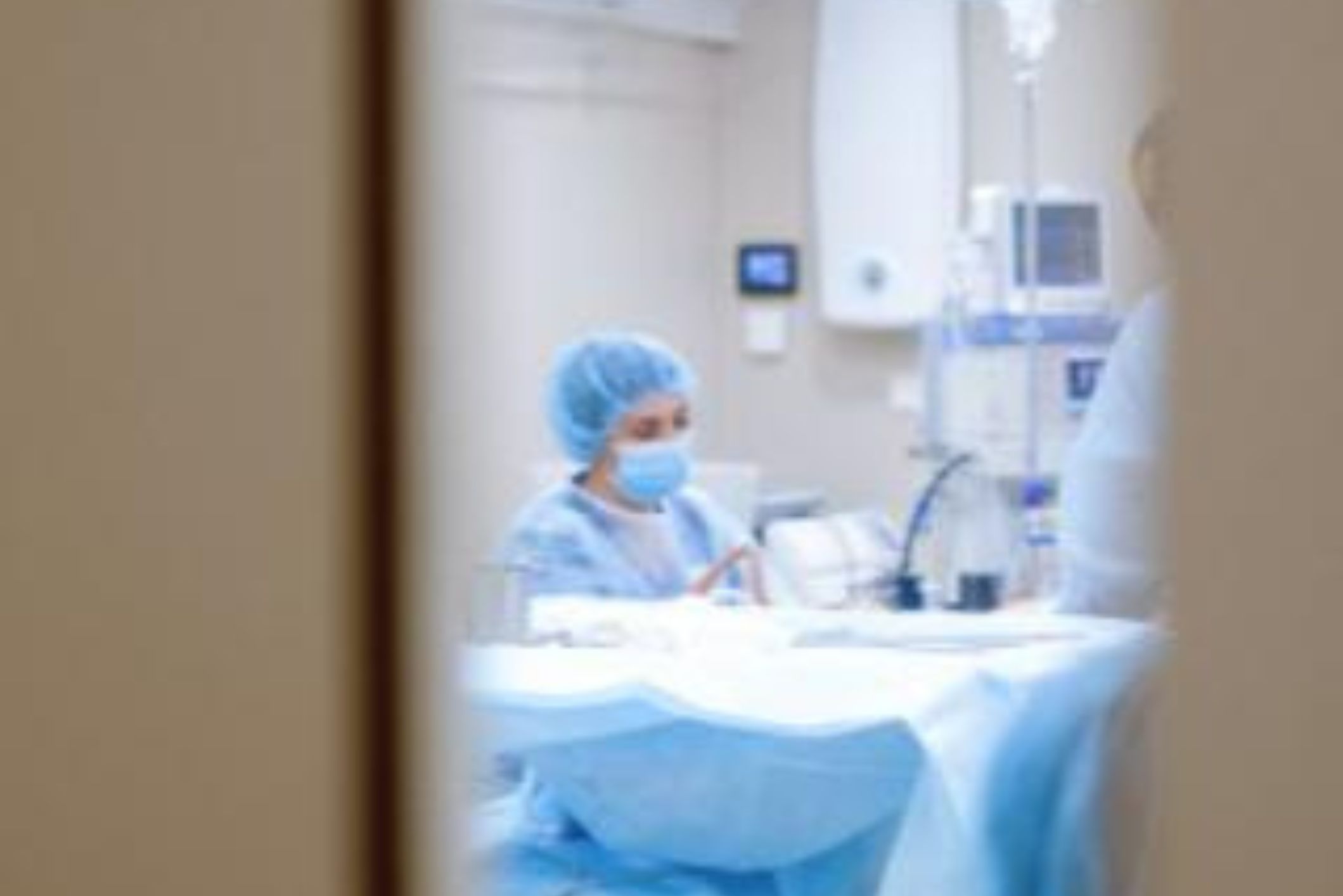This article has been fact-checked by Dr Wong Zeng Hao Joel, paediatric surgeon at Paediatric Surgery & Urology International, Thomson Medical Centre.
About the Doctor
As babies grow inside the womb, a channel that connects their abdomen to the scrotum or labia closes before they are born. For some babies, however, this process is not completed before birth, allowing abdominal fluid to leak into the groin or scrotum, causing a type of swelling known as a hydrocele. If the opening of the channel is too large, body fat or part of the intestines could slide into the channel, leading to a bulge in the groin or scrotum called an inguinal hernia.
Hydroceles are usually harmless, and most of them disappear without treatment within one to two years as the channel shrinks and closes after birth and the abdominal fluid is reabsorbed by the body. Those that do not get better on their own may require surgery to eliminate the hydrocele and close the channel.
Inguinal hernias, on the other hand, do not improve on their own, and may result in life-threatening complications. If part of the intestines is trapped in the channel, its blood supply could decrease, become strangulated and die. Signs of a strangulated intestine include a bulge in the groin or scrotum that is red, purple, or dark; vomiting, nausea, fever, sudden pain that intensifies quickly, and inability to move bowels or pass gas. Babies or children with these symptoms need immediate treatment.
Treating hydroceles and inguinal hernias
Surgeries to treat hydroceles and inguinal hernias can be carried out as open or laparoscopic surgeries.
During open surgery, surgeons will make a single cut in the scrotum or groin to drain the hydrocele or push the trapped fat or intestine back into the correct abdominal space. The surgeon then closes the opening of the channel with stitches.
In laparoscopic surgery, also called keyhole surgery, for hydroceles or inguinal hernias, the surgeon makes smaller cuts in the abdomen instead. These are used to insert special instruments for the surgery, including a thin, telescope-like device, called a laparoscope, that is connected to a tiny video camera to project an inside view of the body onto television screens in the operating room.
Laparoscopic surgery has several advantages, mainly visualising the opening of the channel on the other side of the tummy, and excluding the risk of a contralateral hernia. Other advantages include tiny scars rather than a larger one, with less risk of keloid formation and less pain after surgery. However, it may not be suitable for some children.








